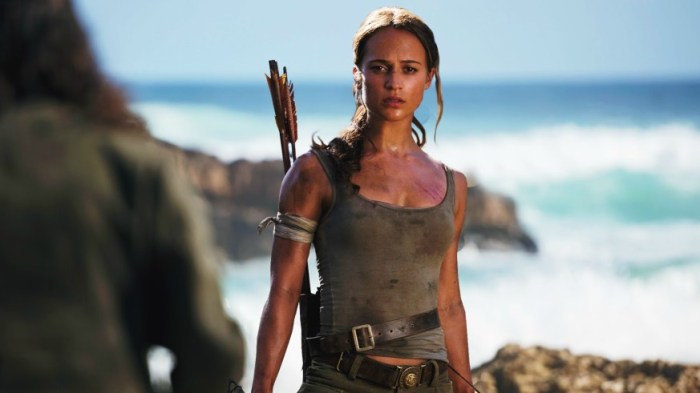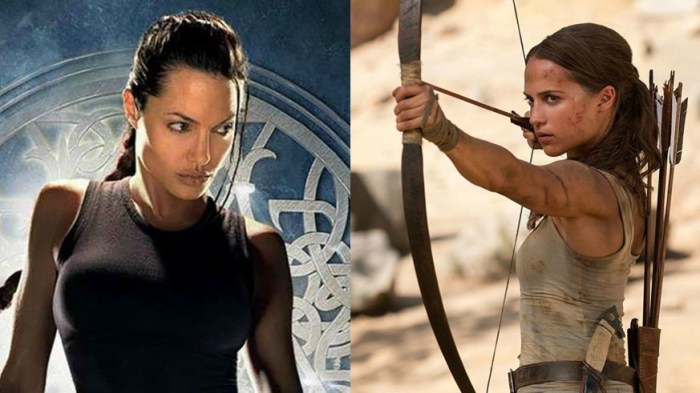The two most maligned types of films in Hollywood today are the video game adaptation and the reboot.
So the fact that “Tomb Raider” is both always meant that the blockbuster was going to have to win over moviegoers. Those involved in the development of the “Tomb Raider” reboot were very much aware of this problem from the outset, though.
I recently had the opportunity to talk to “Tomb Raider’s” producer Graham King and its star Walton Goggins, who plays the villainous Mathias Vogel in the film, and together they were able to breakdown the hurdles they had to overcome, while also waxing poetic about Alicia Vikander.
Why reboot “Tomb Raider”?
Graham King: I thought we could make a genre picture that actually had a lot of heart and a lot of emotion, and showed us the rise of a young girl in London to being Lara Croft. The 2013 game felt like a modern day film that we could play to a 2018 audience.
We didn’t want to make a bad version of a reboot. Not only because it is a franchise. But it is a video game franchise, too. Because they don’t have the best reputation.
Did the reputation of video game adaptations concern you?
GK: We had some hurdles to overcome. But I am hoping that we have paid homage enough to the game to appeal to the film, and have non video game players enjoy the story.
This was all about making a theatrical experience. It is why it took so long to put together. To me you get one shot of rebooting a franchise, and you need to get it right. Otherwise you are done and one.
We were all about making it as exciting as possible to a modern audience. I also wanted to stay away from Buckingham Palace London and show the new version of the city, and that brought a grittiness to the whole film.
Talk about that grittiness.
Walton Goggins: We tried to do it a little differently. Tried to do it as grounded as we could. I tried to give Alicia’s Lara Croft real physical and real emotional obstacles to overcome.
Because with the advent of cable and programming over an 84 hour serialized experience the appetite is different. There is a place for a fun relatively shallow interpretation of a bigger story.
And I love those movies. Give me some popcorn and gummy bears and I am in heaven. But then there is a real place to go deep.
GK: The groundedness was what we talked about all the time, because we wanted to make it darker and emotional and character driven. We knew that a modern day audience would really appreciate this.
That’s how we got Alicia to join the film, too. Because it was all about the story for her, and I actually told her the story before I told her it was “Tomb Raider.” Because the story and drama had the right kind of elements that appealed to her, especially the young girl in London growing up without her father and trying to find him.
What was it like working with Alicia Vikander?
WG: She is very present, she is very earnest, she is serious, but can be liked, and I am the same way. I loved everything about it. I loved Roar’s interpretation of it, and I just really loved that I got to work with one of the greatest actors of any generation in Alicia Vikander.
GK: What Alicia really brought to it, though, that was so magical was the groundedness. Because we are with her throughout the whole film, as she hangs off a decrepit Japanese bomber, rides down the river, and then bike rides through London.
“Tomb Raider” is now in cinemas.

























